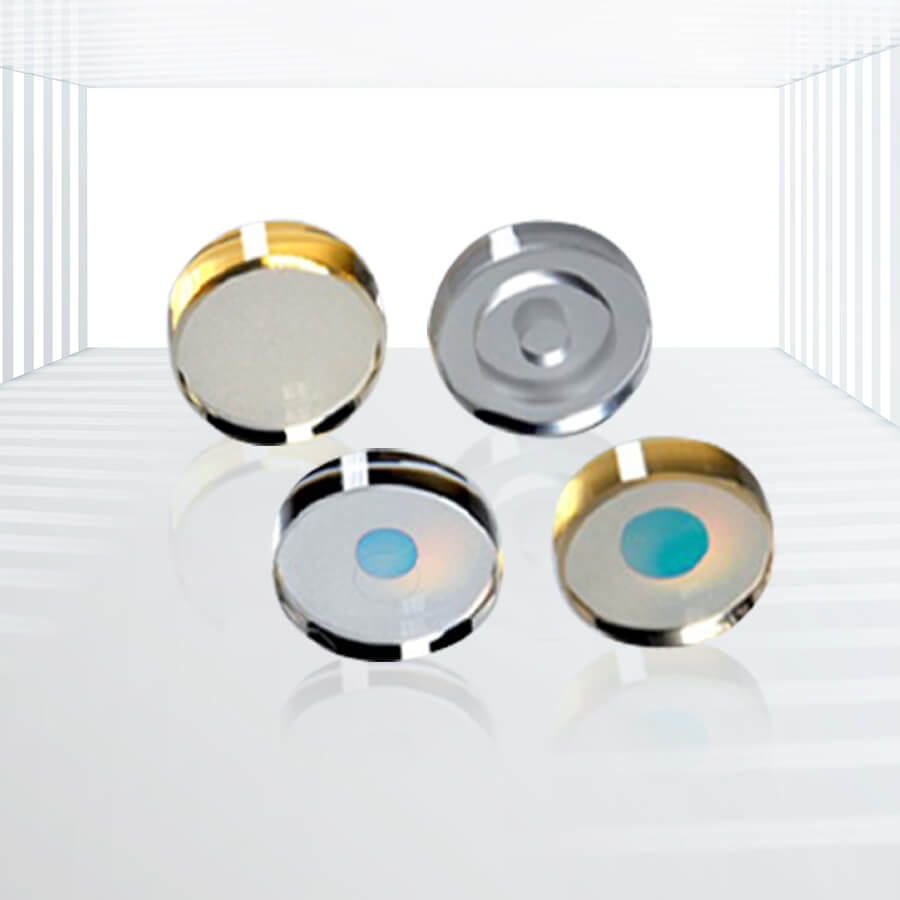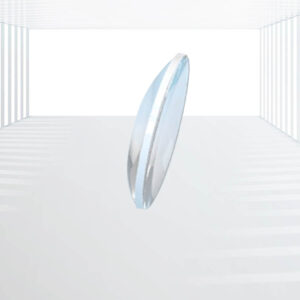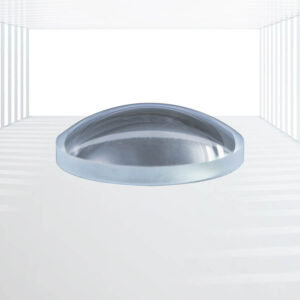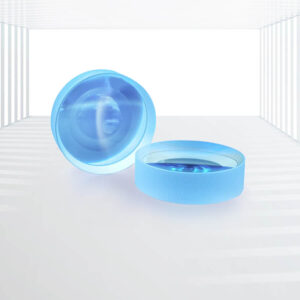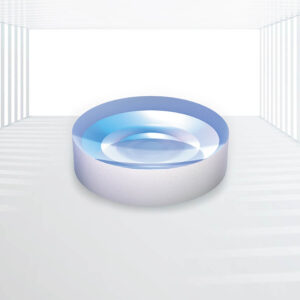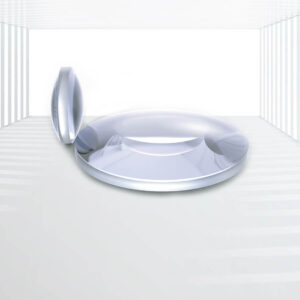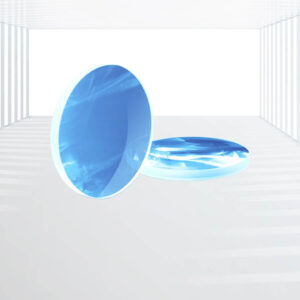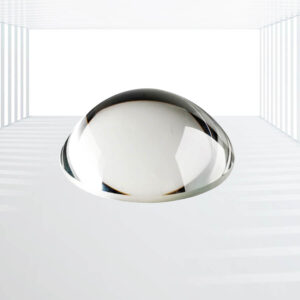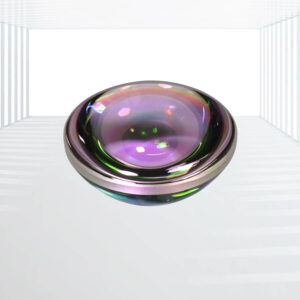Mirrors for Ring Laser Gyros
Ultra-low absorption and scattering losses: Mirrors must be able to reflect laser light efficiently, reducing the absorption and scattering of light during propagation to maintain the intensity and stability of the laser beam.
Excellent resistance to the plasma environment: In RLG, the interaction of the laser with the mirror can produce plasma, and the mirror needs to have good resistance to the plasma environment to prevent degradation of performance.
Long durability: Mirrors need to withstand long-term operation and high-frequency vibrations, so they must have high durability to ensure the long-term stability of the RLG.
Applications: Ultra-precision polishing technology, Advanced inspection technology, etc.
Ring Laser Gyroscopes (RLGs) are optical gyroscopes that measure rotation using the Sagnac effect. They consist of a ring laser and a set of precisely manufactured mirrors that form an optical path that allows the laser to propagate in both directions in a circular path. In order to ensure the high accuracy and reliability of the RLG, the performance requirements for the mirrors are extremely stringent.
Specifications:
| Substrate Materials | Zerodur Glass, Fused Silca |
| Diameters (mm) | F12.5, F19.05, F25 |
| Surface Roughness RMS | <0.1nm |
| Total Integrated Scattering (TIS) | 5ppm |
| Surface Quality | 10/5 S/D; 0/0 at central area |
| Flatness | <Lambda/20 @ 633nm |
Features:
- Ultra-low absorption and scattering losses: Mirrors must be able to reflect laser light efficiently, reducing the absorption and scattering of light during propagation to maintain the intensity and stability of the laser beam.
- Excellent resistance to the plasma environment: In RLG, the interaction of the laser with the mirror can produce plasma, and the mirror needs to have good resistance to the plasma environment to prevent degradation of performance.
- Long durability: Mirrors need to withstand long-term operation and high-frequency vibrations, so they must have high durability to ensure the long-term stability of the RLG.
Applications:
- Ultra-precision polishing technology: In order to achieve the desired surface roughness and shape accuracy, mirrors are usually machined using ultra-precision polishing technology. This technology ensures that the mirror surface is smooth in the nanometer range, thus meeting RLG’s high requirements for the quality of the optical path.
- Advanced inspection technology: In the mirror manufacturing process, advanced inspection technology is required to monitor and control the processing quality. For example, an atomic force microscope can be used to measure the surface roughness of a mirror, an interferometer can be used to detect the surface shape accuracy of a mirror, etc.
For Ring Laser Gyros, the performance of the mirrors is directly related to the accuracy and reliability of the entire system. Therefore, when choosing mirror suppliers, preference should be given to those companies that can provide high-quality, high-performance mirrors. With its advanced manufacturing process and inspection technology, Kingwin Optics has significant advantages and competitiveness in the field of laser gyroscopes.

